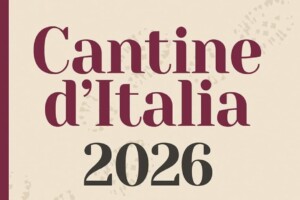The natural cork is still the best choice for closing a wine bottle. Not only and not so much from a technological point of view, but from the point of view of the consumer, who, regardless of his knowledge degree and competence in the wine sector, recognizes natural cork as having an intrinsically higher quality than any other stopper. This is confirmed by an experiment conducted by the Behavior & BrainLab Iulm of Milan, promoted by Apcor - Portuguese Association of Cork and Assoimballaggi - Federlegno / Arredo, which demonstrates how the wine experience can be modified through preliminary information provided to tasters and can bring even the most experienced ones to a completely different evaluation of the same product, that is a wine coming for 50% from a bottle with a natural cork closure and 50% from a bottle with a screw cap.
Researchers have leveraged the power of emotional experience, starting with sound. Two audios were played, one clearly referable to the typical opening of a bottle with a cork, the second to the opening of a screw cap. In the listening phase, the stimulus related to opening a bottle with a cork stopper shows a better performance: the cognitive engagement is 39% greater compared to the screw cap, as well as the emotional activation which follows the same trend, resulting in greater than 64%. In both subsequent phases, olfactory experience and tasting, the results remain coherent with those of the initial listening phase. In the olfactory experience, the wine that is thought to come from a bottle with a cork stopper achieves a cognitive engagement greater than 34% while the emotional activation is 59% greater than that of the screw cap.
In the tasting phase, when the participants believe to drink the wine coming from the bottle with the cork stopper, they show cognitive engagement 80% superior in comparison to those who think to taste the wine from the bottle with a screw cap. Above all, the participants show an emotional activation of 238% greater, when they are convinced that they are drinking a wine coming from a bottle with a cork. Overall, the bottle is best evaluated (in terms of quality, intensity, and pleasantness) when the subject is convinced that he has tasted a wine coming from a bottle with a cork stopper. In fact, the participants estimate a cost of 7.69 euros for the wine with a cork, or 1.44 euros more than the screw cap (+16%), and are willing to pay 7.78 euros per bottle, therefore 1.21 euros more than a bottle with a screw cap (+ 18.5%).
For the label analysis, particularly of 3 different stamps containing information relating to the type of cork (synthetic cork, natural cork, and screw cap), it emerges that the label with the stamp relating to the natural cork stopper is displayed more than the others, by 90% of participants, 10% more than the synthetic cork and screw cap.
Copyright © 2000/2025
Contatti: info@winenews.it
Seguici anche su Twitter: @WineNewsIt
Seguici anche su Facebook: @winenewsit
Questo articolo è tratto dall'archivio di WineNews - Tutti i diritti riservati - Copyright © 2000/2025









































































































































































































